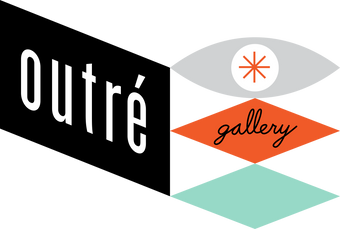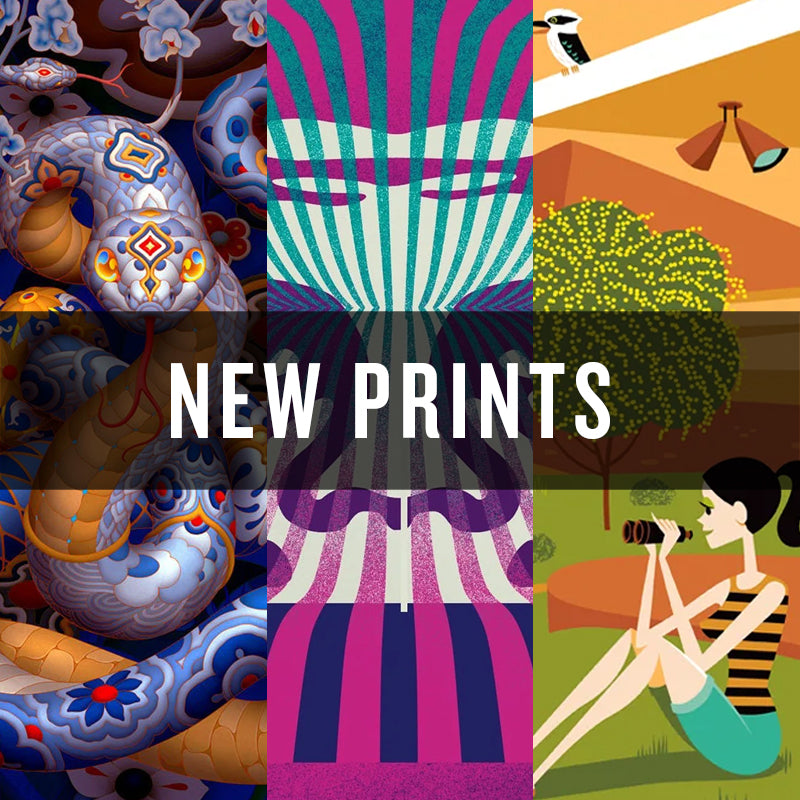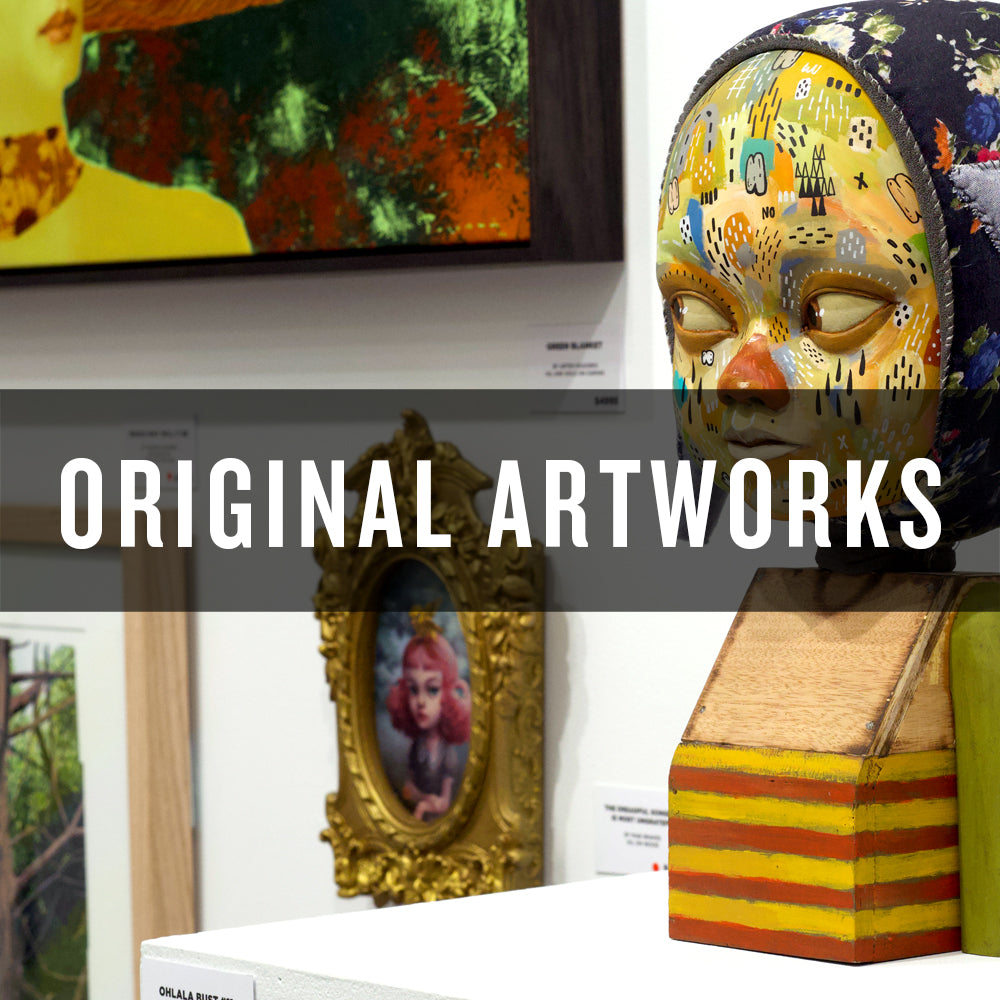
Minna Leunig is a Melbourne-based artist who tends to use a bold, limited colour palette to create imagery inspired by the natural world. Her work often features darkly playful creatures, and has a lyrical quality. Minna's love for animals and the botanical are apparent in her artwork, which displays a reverence for the strength of nature.
Words below by Minna Leunig. Photos supplied by Minna Leunig, unless otherwise specified.

Photograph by Michelle J Photography. (@michelle_j_photography)
Canis Dingo: A Dedication
– Minna Leunig
Of all Australia’s wildlife, one creature stands out as having an identity crisis: the dingo. The dingo remains a source of significant contradiction, division and debate within Australia: considered both a native species and an invasive pest; a tourist drawcard and a dangerous threat; damaging to the livestock industry yet crucial for a healthy ecosystem, a baby-killer and a beloved companion - dingoes are arguably the most maligned and misunderstood of our native fauna (1).
Identity crisis aside, decades of peer reviewed scientific research show that dingoes play a crucial role in all Australian ecosystems as the apex predator, top of the food chain. For example, where dingoes are present, invasive pest species such as foxes (and in some cases, feral cats) are suppressed, which subsequently allows small, threatened, native mammal populations to thrive. Additionally, kangaroo populations are kept in check (with kangaroos being a dingo’s first choice of prey), and as a result native vegetation is more abundant and diverse.

Photograph by Michelle J Photography. (@michelle_j_photography)
Despite this, dingoes are heavily persecuted Australia wide. They are routinely poisoned, trapped and shot within National Parks as part of standard management procedures often termed ‘wild dog' control programs, with the drive for this lethal control stemming from the lamb and wool industry (as dingoes predate on sheep). The term ‘wild dog’ is problematic and misleading, as it evokes the idea of an introduced, feral species - when in reality, widespread DNA testing has revealed that less than 1% of wild canids are true feral dogs, with first generation dingo-dog hybrids being similarly rare (2). Basically - it’s safe to assume that the vast majority of what are referred to as ‘wild dogs’ are in fact, dingoes. This includes animals of varying coat colours - black, white, tan, brindle or even patchy - there is no coat colour that distinguishes a dingo from dingo-dog hybrids.
Ultimately, how we define a species affects our attitudes, beliefs and long term conservation goals. Labelling dingoes as ‘wild dogs’ devalues and undermines their ecological importance, as well as their cultural significance for many First Nations Australians - and has serious implications for their treatment and future survival.
Dingoes are a distinctive and essential part of the Australian landscape - let‘s learn to understand, respect and celebrate them for their unique beauty and remarkable ability to help maintain biodiversity. Dingoes are our only wild canid, and we wouldn’t be the same without them.
1. Smith, B 2015, The Dingo Debate, CSIRO Publishing, Clayton.
2. Cairns, K, Crowther, M, Bradley, N & Letnic, M 2021, 'The myth of wild dogs in Australia: are there any out there?’, Australian Mammalogy.

Photograph by Michelle J Photography. (@michelle_j_photography)








